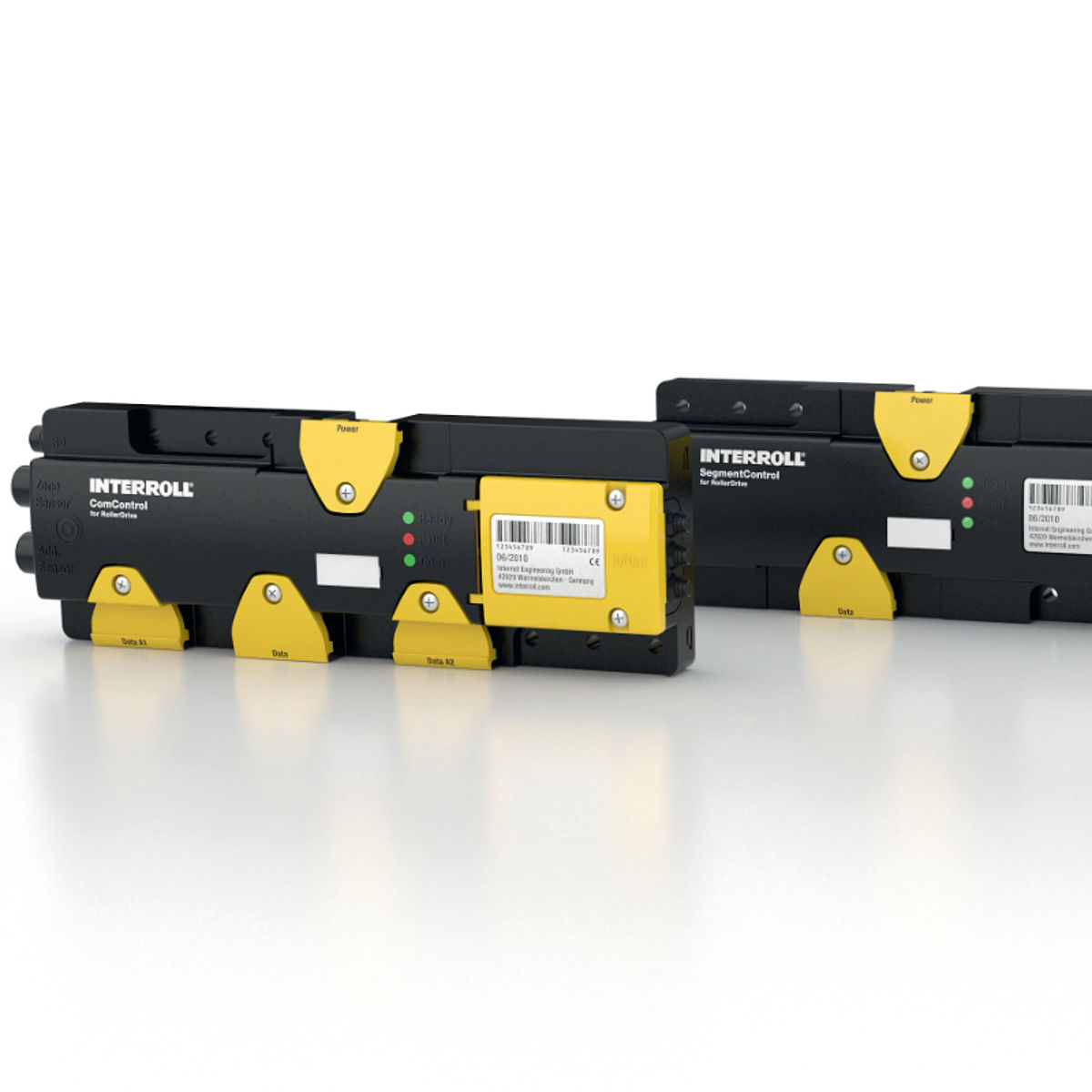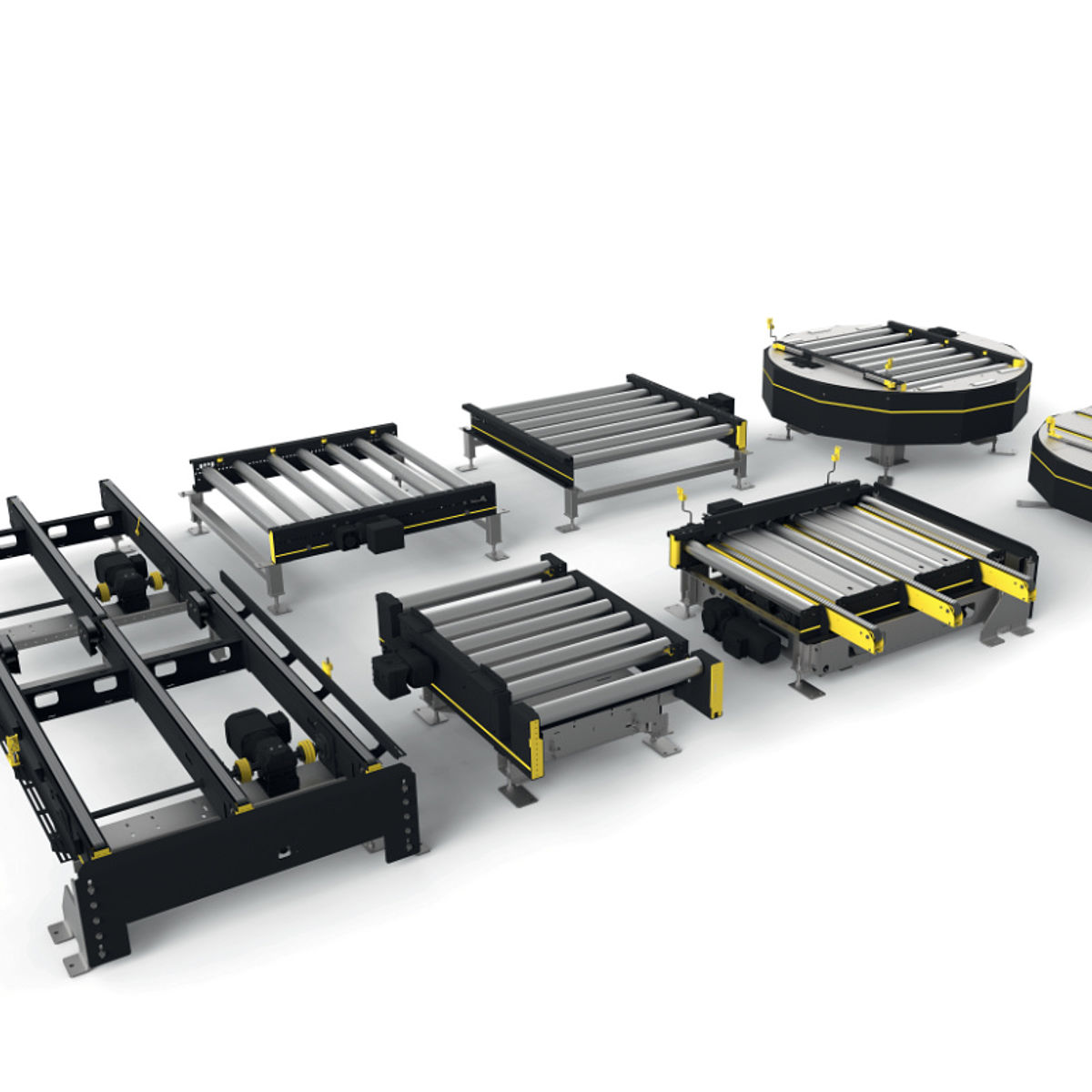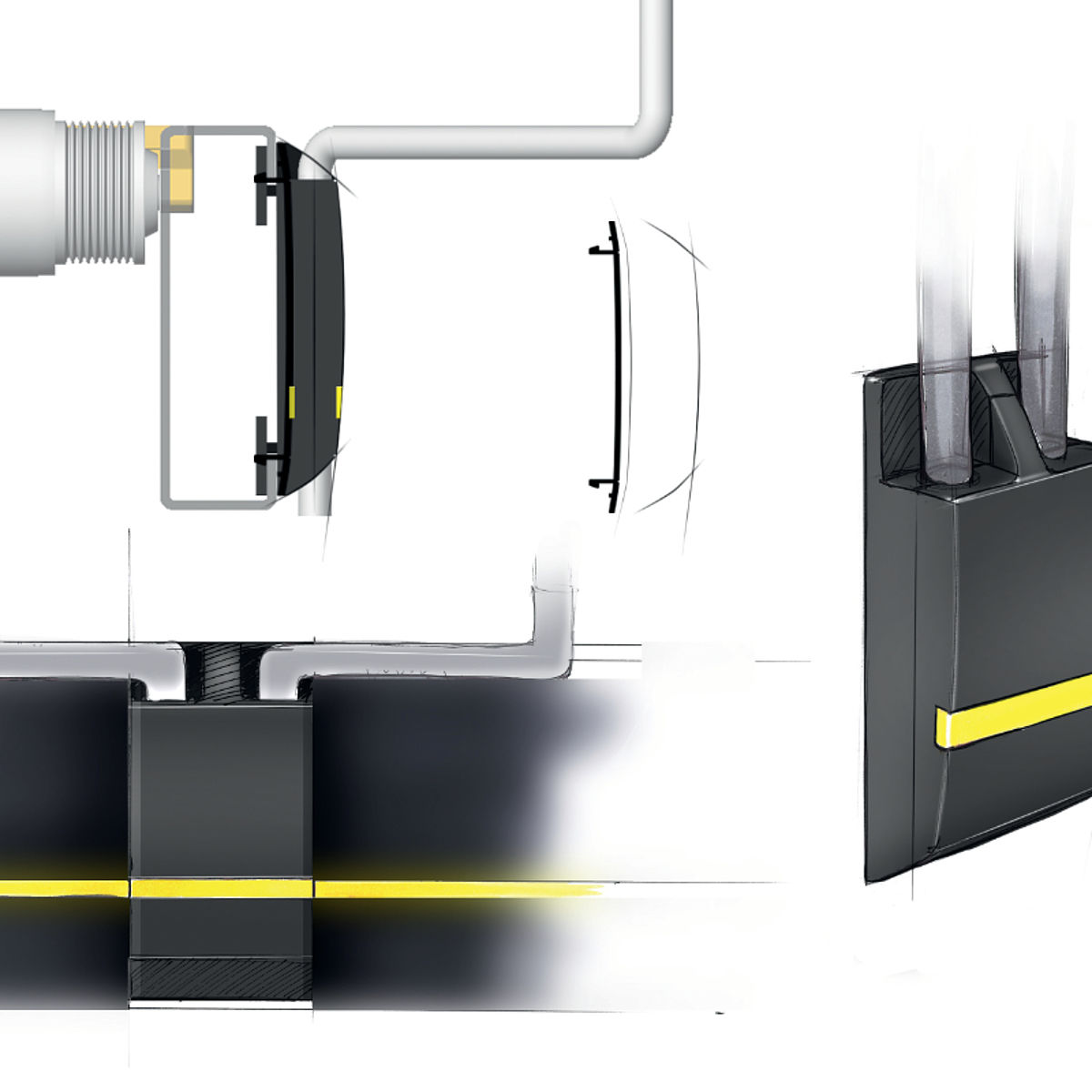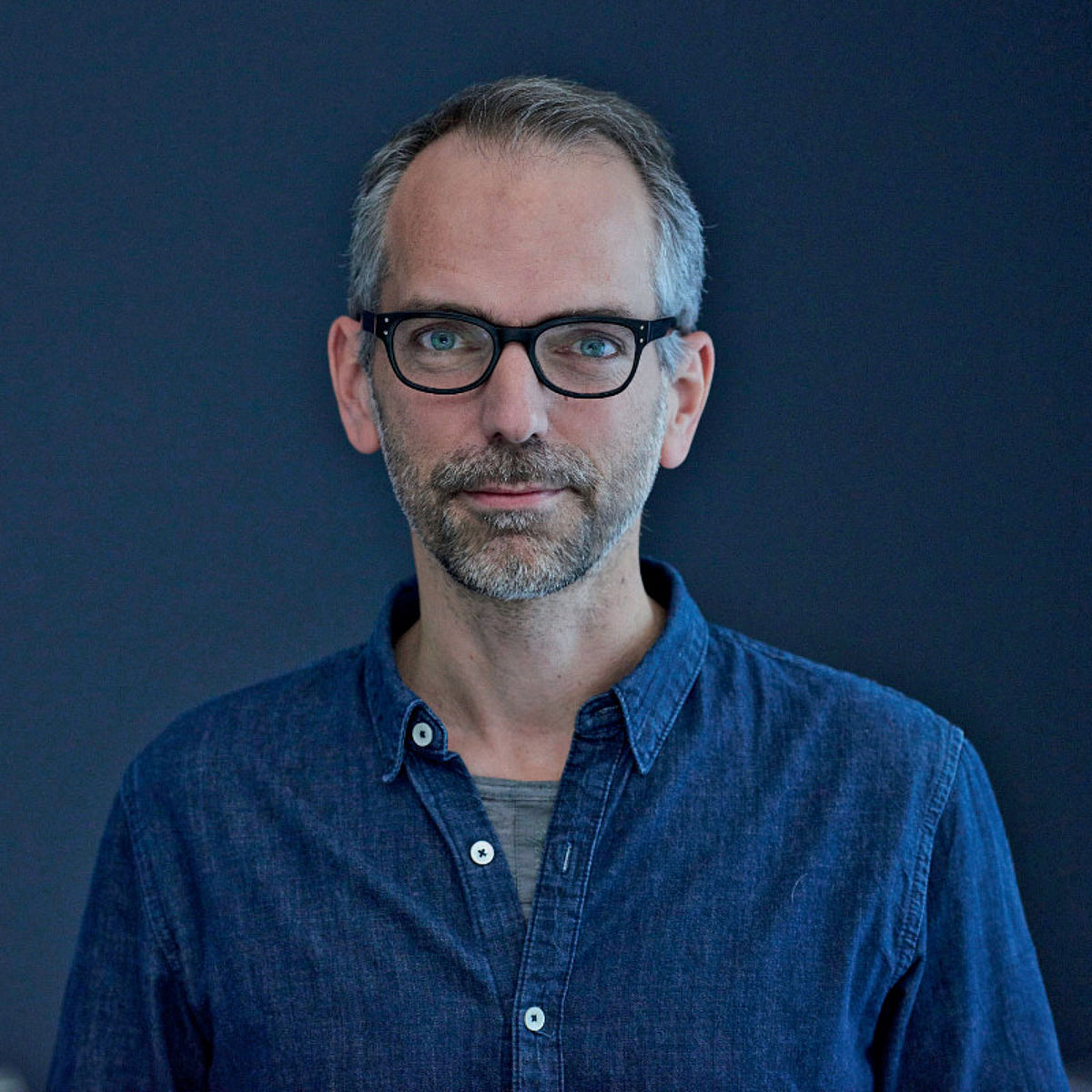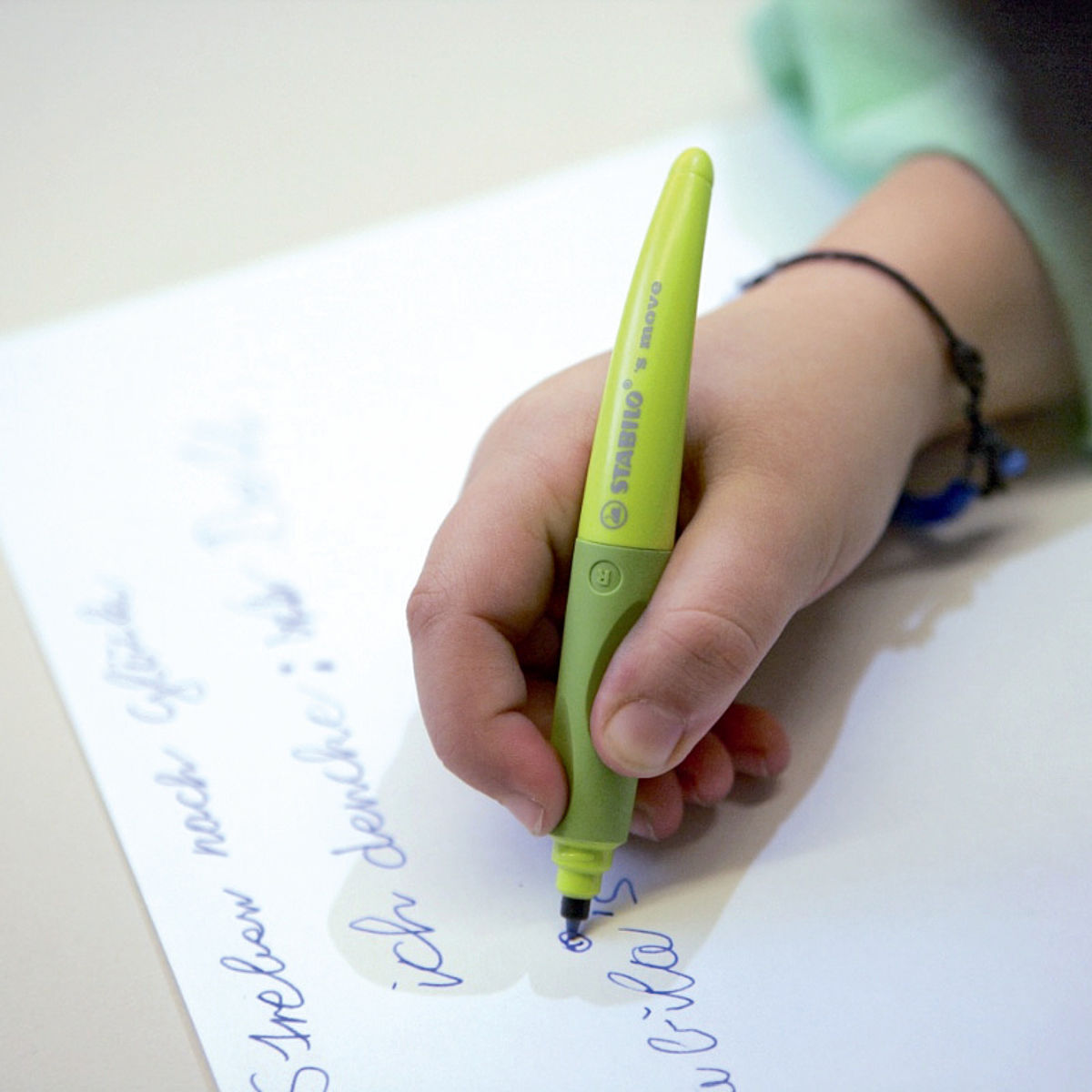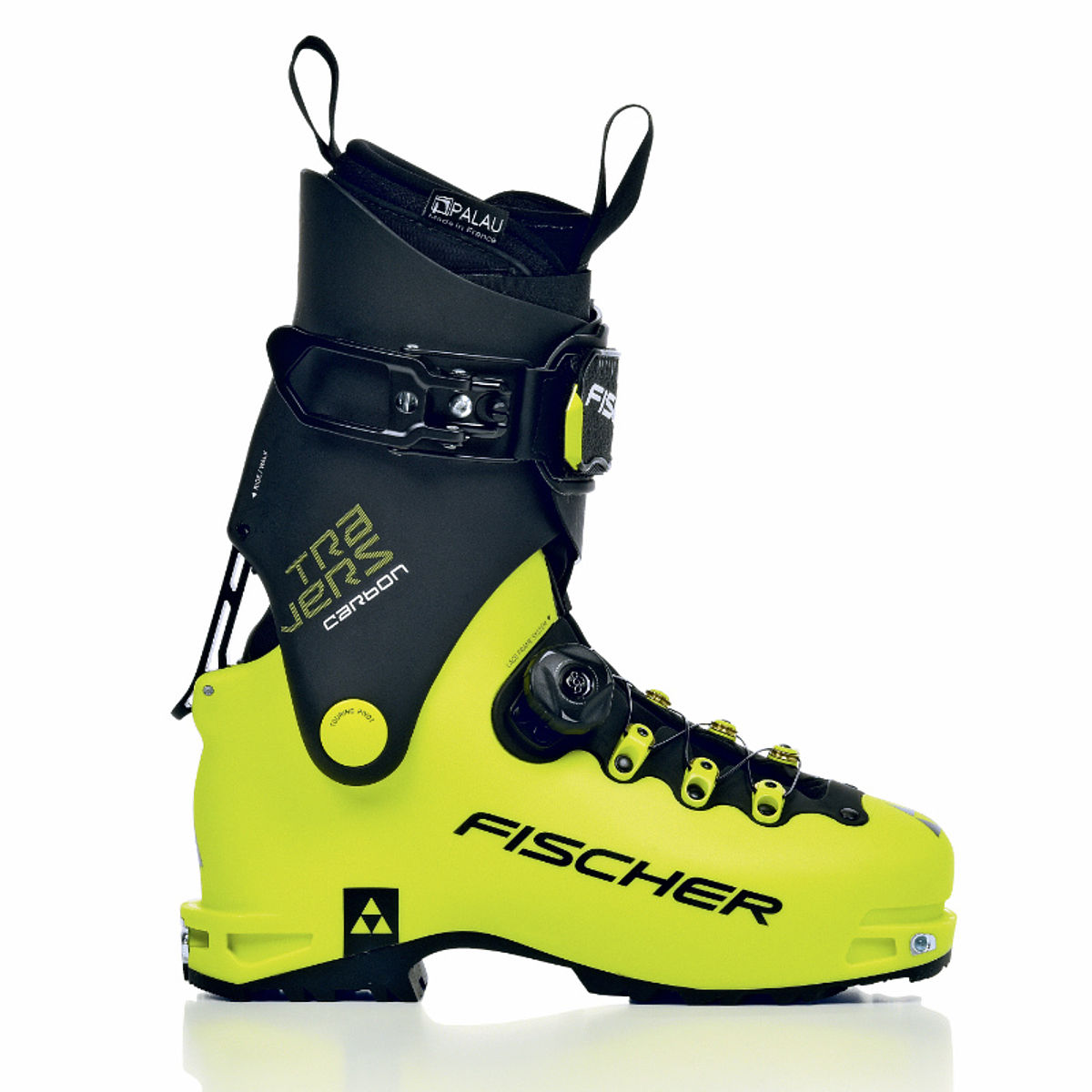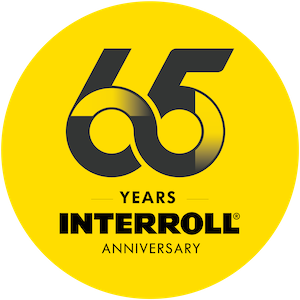Insights
„Design ist ein Wertbeitrag für Investitionsgüter“
Design gibt „unsichtbaren“ Investitionsgüter eine Identität
Design, das heißt für die meisten: spektakuläre Objekte von Apple oder Braun oder von Designstars wie Philipp Starck oder Ray und Charles Eames. Doch ist Design nicht mehr?
Design ist kein Endprodukt, sondern eine Aktivität, in der extrem viele Dinge zusammenkommen. Das Endprodukt, so soll es auch der Nutzer bzw. Kunden wahrnehmen, ist immer eine Gesamterfahrung.
Produkt-Design ist auch eine strategische Disziplin. Die Marke wird durchs Produkt erlebbar. Gerade als Investitionsgüterhersteller hat man Produkte, die häufig gar nicht so sichtbar sind, weil sie in andere Produkte eingebaut werden. Darum ist es wichtig, dass man durch das Design Identität entwickelt und der Endnutzer, der das Produkt einbaut, auch sieht „Aha, das ist Marke X“.
Im Industriedesign gilt das Primat der Funktion. Wie lässt sich diese Aufgabe mit Faszination verbinden?
Wird etwas gestaltet, ob Produkt oder Service, gibt es die klassische Funktion im Sinne von „Dieses Teil erledigt für mich eine Aufgabe“, etwa eine Türklinke. Aber schon da spielt Emotion mit: Ich finde die Klinke schön, sie passt zu meinem Haus, ich ergreife sie gerne, sie liegt angenehm in der Hand. Dazu kommt die Aufgabe der sozialen Funktion: Ich kann mich damit gegenüber anderen positionieren. Das Produkt ist letztlich ein Artefakt der Marke, daran erkennt man sie auch. Das ist das Thema des Produkt-Designs.
Abgesehen davon kann Emotion auch bei total rationalen Produkten entstehen, wenn sie einfach großartig funktionieren. Das führt auch bei einem Techniker zu Emotion, wenn er sagt, "Wow, eingebaut – und passt. Und es funktioniert super!"
Ist es schwierig, Kunden von besserem Design zu überzeugen?
Gerade bei Investitionsgüterherstellern heißt es oft, „Ihr dürft das Produkt hübsch machen, aber bitte nicht in die Funktion eingreifen. Das machen wir schon.“ Ich zeige bei Vorträgen gerne das Innere einer Apple Workstation, das genauso aufgeräumt gestaltet ist wie das Äußere. Die Design-Leader unterscheiden sich von jenen, die „auch ein bisschen Design“ machen. Sie bleiben nicht an der Oberfläche, sie schauen auch, wie die Schraube hinten in einer Schrankwand passt. Das überzeugt auch Kunden aus dem Investitionsgüterbereich.
Designorientierte Unternehmen verdienen auch mehr Geld. Der Designindex des Design Council bewertet seit 2003, wie designorientierte börsennotierte Firmen abschneiden. Und die übertreffen alle die anderen Unternehmen. Wir bekommen zunehmend Anfragen aus China von Unternehmen, die auch im Investitionsgüterbereich nicht mehr über den Preis agieren, sondern Marken aufbauen wollen. Dafür braucht es definitiv den Ausdruck über das Produktdesign.
Bleibt da überhaupt Raum für die Kreativität?
Die Kreativität zeigt sich ja gerade in der Einschränkung, da muss man eben richtig kreativ sein. Man ist in einem sehr engen Austausch mit den Ingenieuren. Entscheidend ist, sich auch die Anwendung anzuschauen, sich mit den Benutzern zu unterhalten, die im Prinzip ihr Arbeitsleben an dieser Maschine verbringen. Die wichtigste Inspiration kommt daher.
Was bedeutet für Dich persönlich gutes Design?
Werkzeuge. Die sind entwickelt worden, um einen Zweck zu erfüllen. Und sie ermöglichen dir, deine Funktion als Mensch zu erweitern. Alle Produkte, mit denen wir uns umgeben, sind ein Stück weit Funktionsverlängerung für uns. Technisch, weil ich zum Beispiel nicht mit bloßen Fingern eine Schraube aufdrehen kann. Aber auch als emotionale oder soziale Funktionsverlängerung. Damit ist für mich jedes Produkt eine Art Werkzeug, das eine Aufgabe perfekt zu erfüllen hat. Da erkennt man, wie schön Objekte sind, die total funktional sind. Das ist das, was mich fasziniert.
